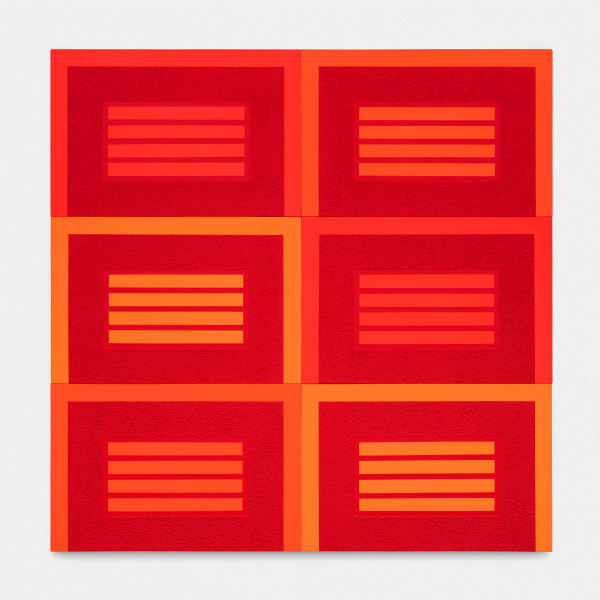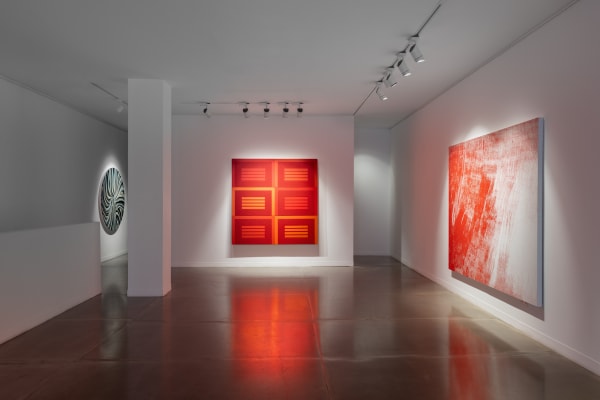Peter Halley
Biography
Peter Halley is a contemporary American artist born in New York in 1953. Throughout his career, Halley has gained extensive praise for his vibrant neon-coloured geometric paintings, often featuring barred windows, prison cells, and grid-like structures as focal points.
After receiving his formal training at Phillips Academy in Massachusetts, Halley earned an Art History degree from Yale University and late an MFA in Painting from the University of New Orleans. Following his studies, Halley played a pivotal role in establishing the 1980s American art movement known as "neo-geometric conceptualism" or "neo-geo," which critiqued the industrialist and consumerist mindset adopted by contemporary society.
In his essay 'The Crisis in Geometry', published in Arts Magazine in 1984, Halley states, "Space became geometrically differentiated and partitioned. Circulatory pathways, the omnipresent straight lines of the industrial landscape, were established to facilitate orderly movement." Halley now infers that societal control extends beyond physical spaces, it involves organizing and structuring society so that everything can be observed and managed geometrically or systematically.
Influenced by philosophical thinkers Michel Foucault and Jean Baudrillard, Halley depicts abstract geometric compositions that incorporate aspects of figurative formation. Viewing geometry as a metaphor for society, he believes that what once provided stability, order, and proportion has now transformed into a symbol of confinement, or what he calls the 'geometricization of modern life'.
Halley's work continues to resonate as a critical commentary on the structures and confines of modern life, reflecting his ongoing exploration of geometric forms and their societal implications.
Works
Exhibitions



